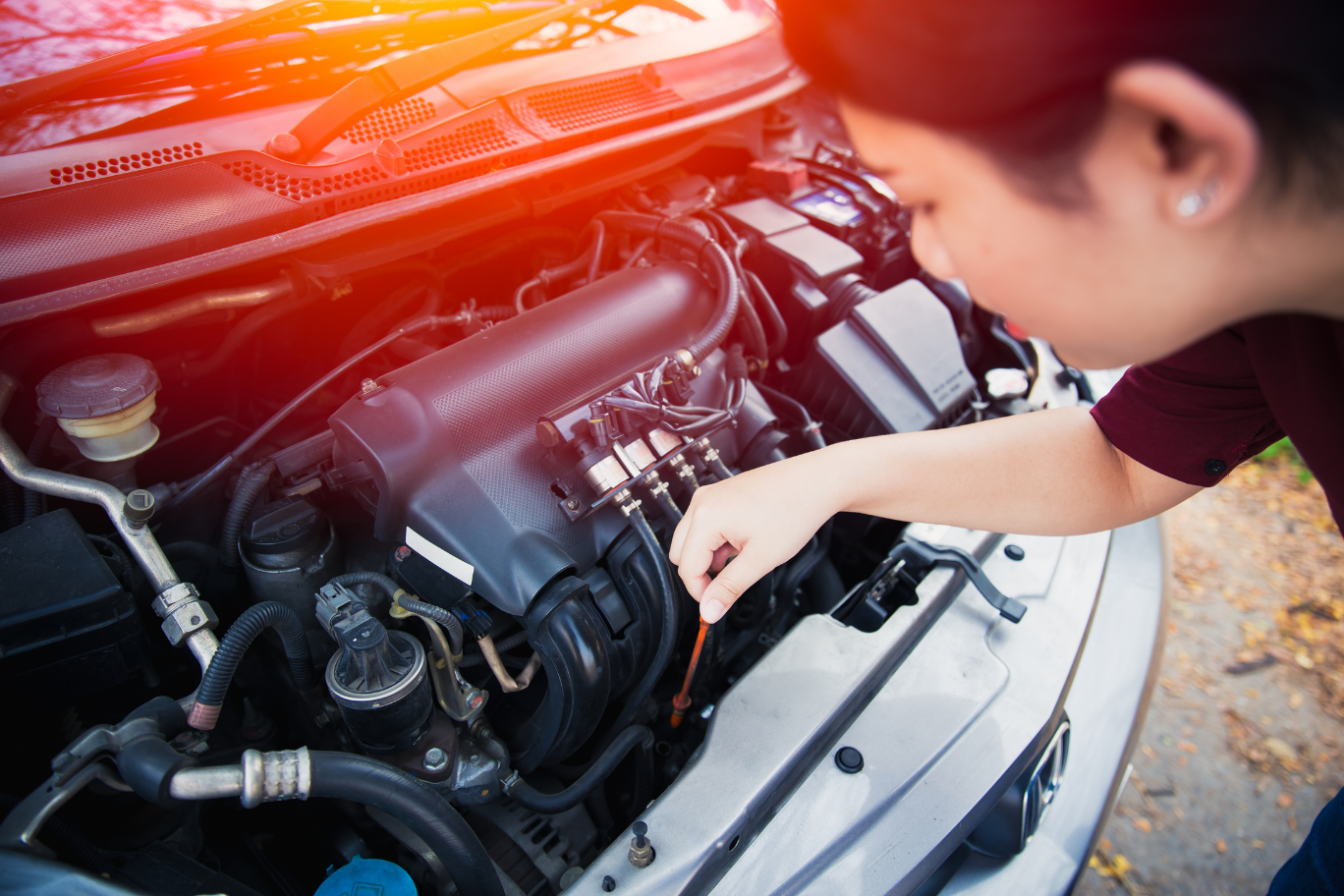
Increase your engine’s performance with these 10 tips

6 Tips for driving safely in the rain
April 27, 2021
4 Car myths debunked
May 28, 2021Since the invention of the internal combustion engine more than a century ago, many performance promises have been made. Magic lubricants, fuel additives, innovative carburettors, fire-injector spark plugs, and plenty of others have supposedly improved engine performance. So, what can you do to modify the performance of your vehicle?
We have compiled a list of 10 quick and easy ways to boost your car's power output and engine performance. Do take note that all work is completed correctly and that it does not void your manufacturer's warranty.
Here are 10 ways to boost your engine’s performance:
1) Using the right petrol
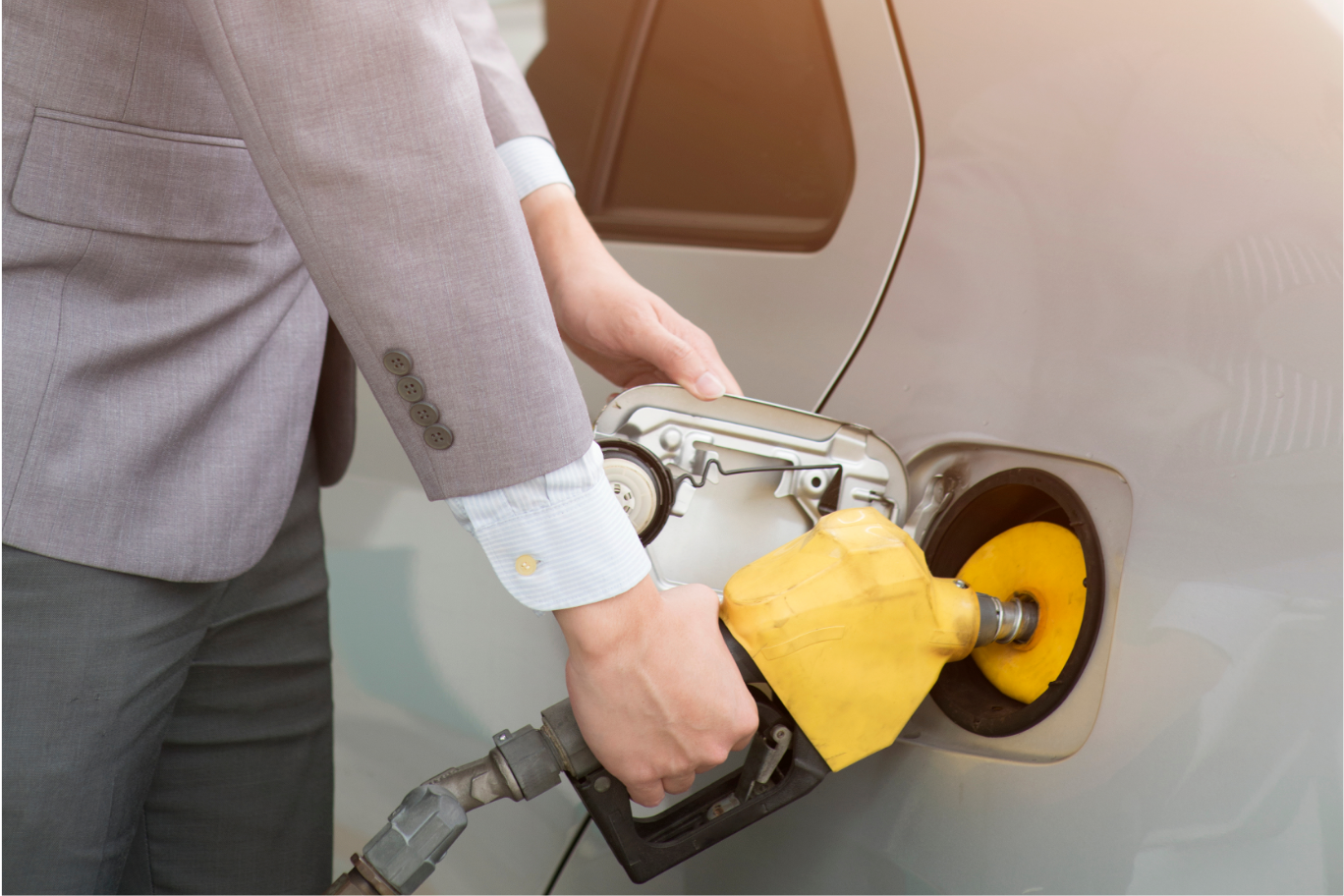
This is one of the easiest ways you can immediately improve your engine’s performance. If you have invested in upgrading your engines, you need to invest in higher quality petrol too. If you are using low octane petrol for older cars, you may encounter engine pinging. This is when the air and fuel ignite incorrectly, which limits your power output. If you use low octane petrol for newer cars, your engine will automatically adjust to the lower quality and combust at a lower rate, losing the potential of higher power output.
2) Installing a high-performance cold air intake
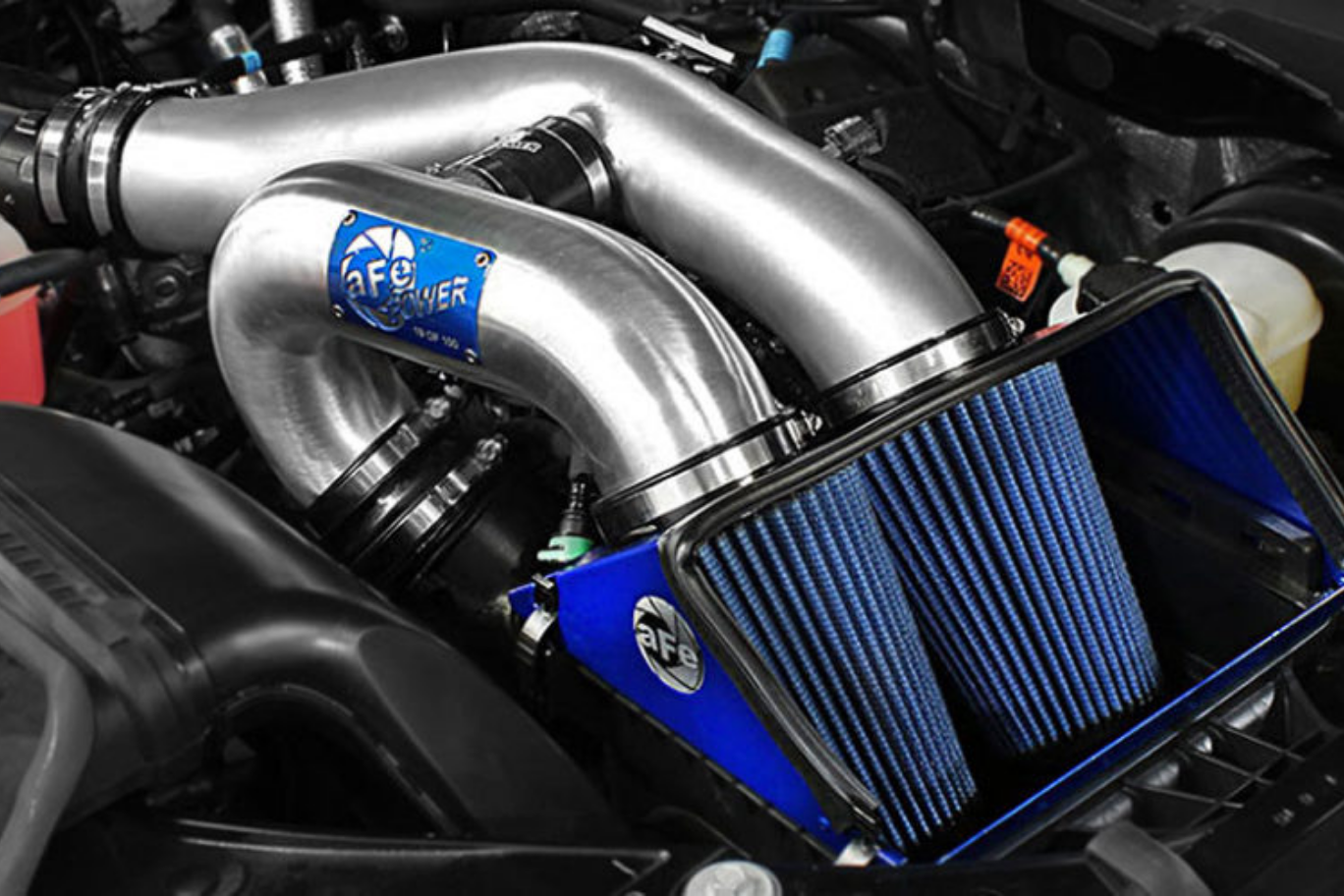
Image source: AutoZone
Colder, denser air has more air molecules per volume. This means installing a high-performance cold air intake allows for more air molecules to mix with the fuel to burn, resulting in a higher power for your engine. Cold air intakes draw “colder” air from outside your car through special filters that increase the surface area that air is pulled from. They also help reduce resistance and unwanted turbulence that would limit steady airflow.
3) Installing a high-performance air filter
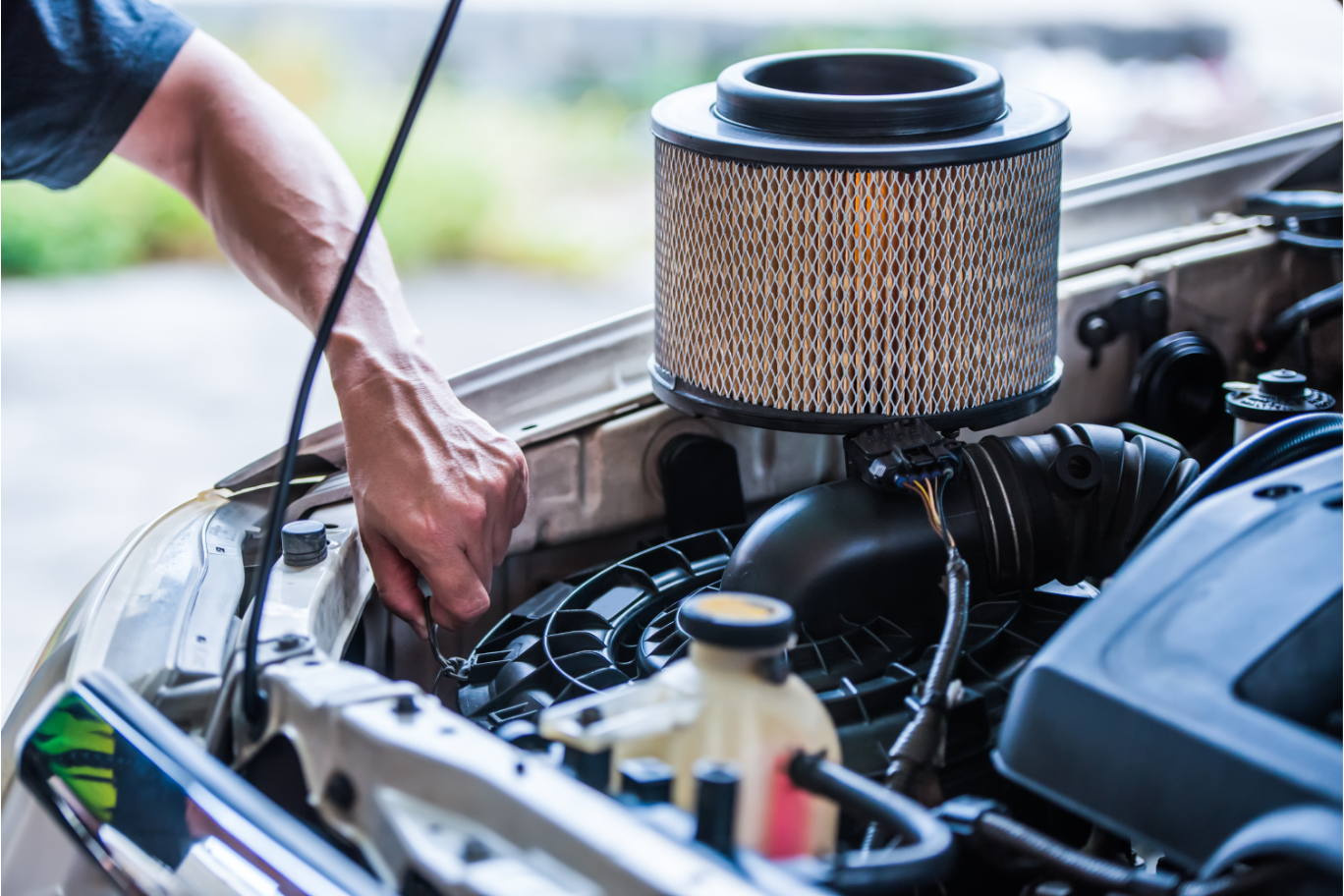
Swapping out your air filter for a high-performance one is also an easy enhancement. With the same idea as mentioned above, a better air filter will allow your car to ‘breathe’ better. This means allowing deeper and cleaner air for your engine to use and improving the power it provides.
4) Upgrading the exhaust system
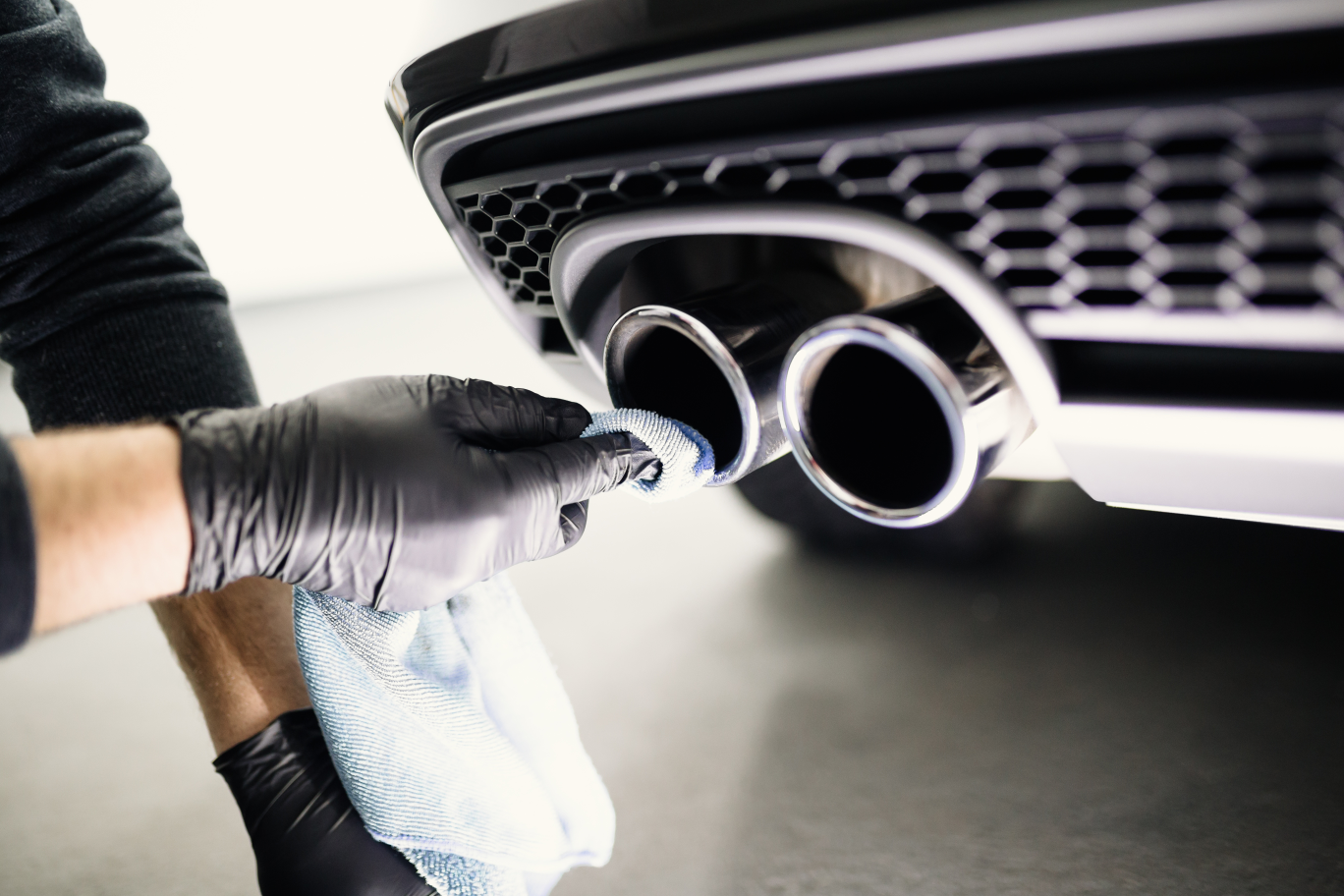
With better air intake, you need to consider better output too. The faster your car can pump out carbon monoxide, the faster it can pump in fresh clean air for your engine to continue generating high power. Switching your regular exhaust pipe to a bigger, free-flowing pipe will help you expel exhaust much faster and keep your engine at a high performance.
5) Upgrading ignition
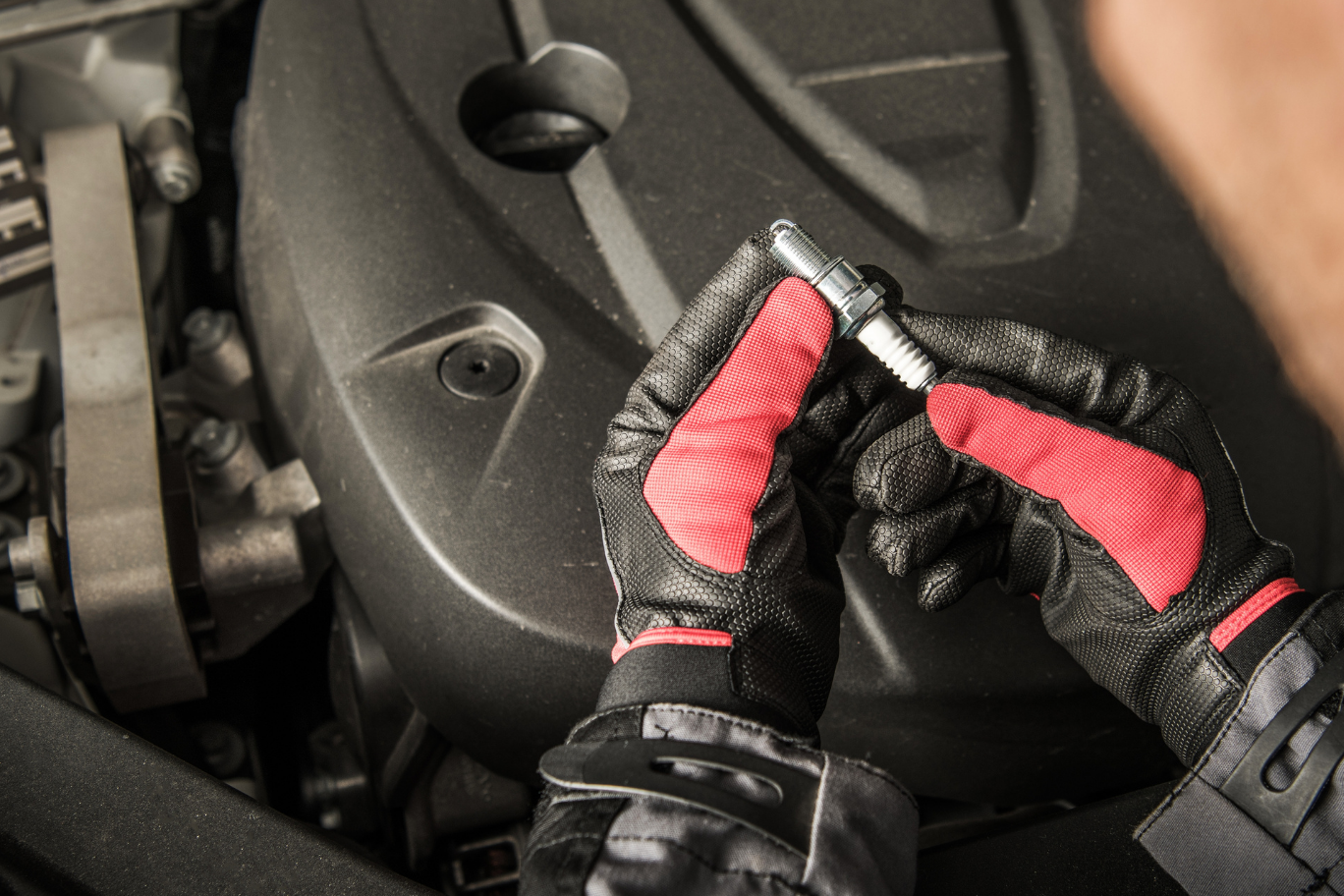
Since ignition systems have become low maintenance in the past 20 years, we tend to forget about them until the “Check Engine” light comes on or when we get a misfire (an incomplete or zero combustion in one of your engine’s cylinders). However, car maintenance needs to include ignition systems and spark plugs should be changed routinely. Even though it may seem like a small upgrade, increasing precision in your ignition systems will avoid losing power and wasting fuel, ensuring higher power output.
6) Increasing compression

Since your engine functions through compression to create power, this is one of the most straightforward ways to build power in your engines. Higher compression allows your engine to increase power with less fuel and produce fewer exhaust gases. However, raising compression also needs to be aligned with the camshaft as that also affects the cylinder. To get an expert opinion about how you should upgrade your compressions and camshafts, schedule a meeting with us here!
7) Accurate fuel line sizing

Image source: Super Chevy
High-performance engines need plenty of good petrol. Using an inaccurate fuel line size would be like sipping from a thin straw instead of opting for a larger one. To get more fuel in quickly, simply increase your fuel line sizing. Note that the minimum fuel line sizing should be 3/8-inch for most applicators. However, when horsepower rises above 500, you will need to opt for a 7/16-inch fuel line size.
8) Reducing friction
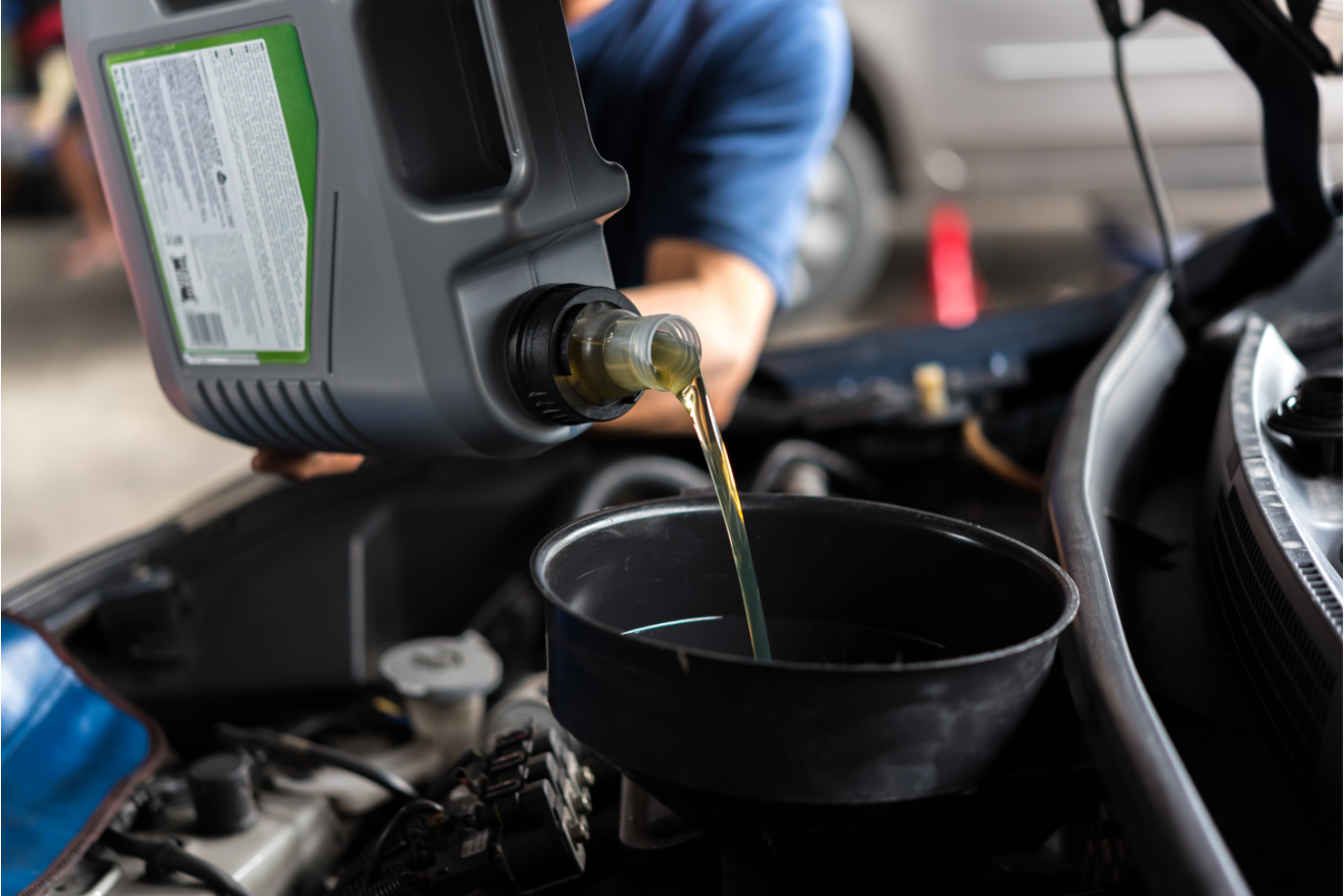
Your engine actually produces a lot more power than it delivers but around 70-75% of the energy is lost to inefficiency from friction and heat. You can use lubrication to reduce the amount of friction and wasted energy. This will allow your engine parts to work smoother, decreasing the harsh contact between them and allow your vehicle to use energy that would have once been lost.
9) Larger throttle

Your throttle controls the amount of air that is being pumped into your engine and as mentioned above, more air means more power. But, adding more air also require higher-flow fuel injectors too, as they need to be proportional. However, if you opt for a throttle that is too large for your engine, you may lose power. Consult our experts today to see if your engine could upgrade to a larger throttle.
10) Get rid of the weight

Of course, more power can be utilised when your car is lighter and easier to move. This means getting rid of unnecessary weight from your trunk which eats up your engine’s power. You could opt to change to some lighter tyres or even switch out some car parts for fibreglass or carbon fibre alternatives.
While all these tips are relatively less time-consuming in comparison to other modifications, it still requires a great deal of attention to detail and consideration. If you are facing any doubts or challenges in regards to what works best for your specific vehicle, let our dedicated team of experts do the work for you. To find out more, book an appointment with us now!
